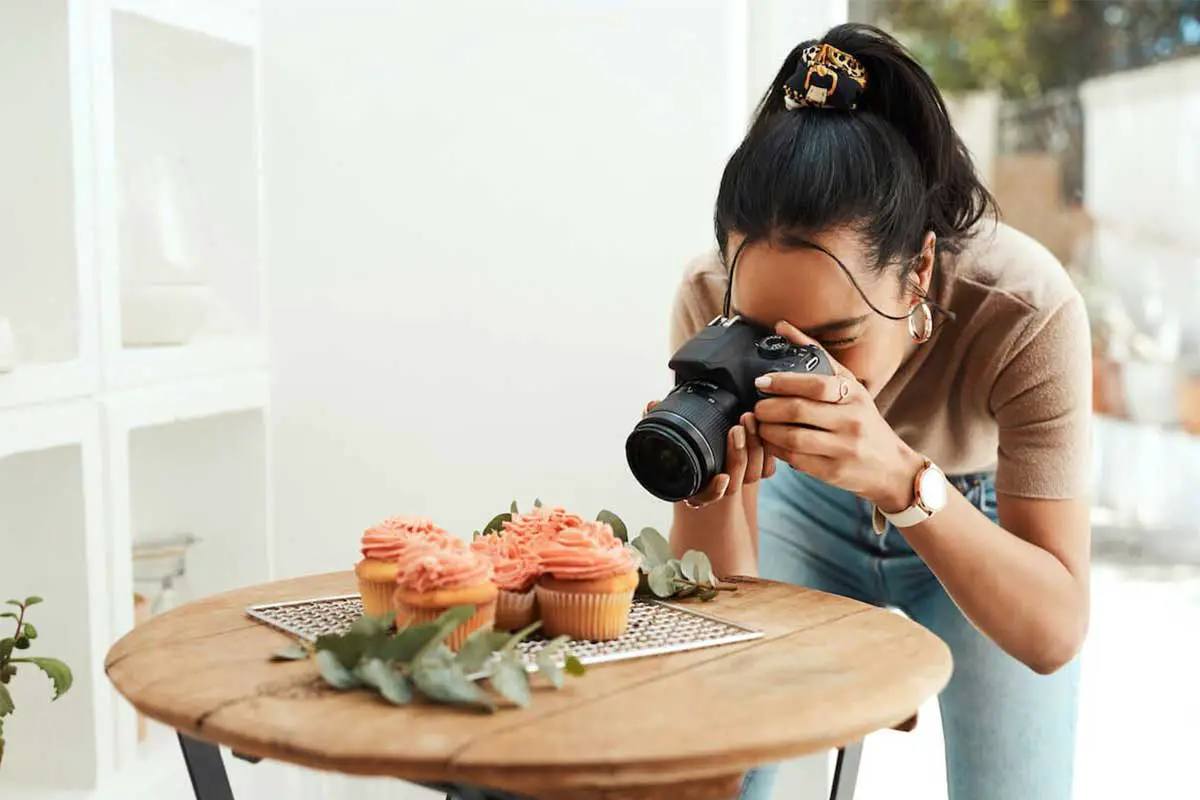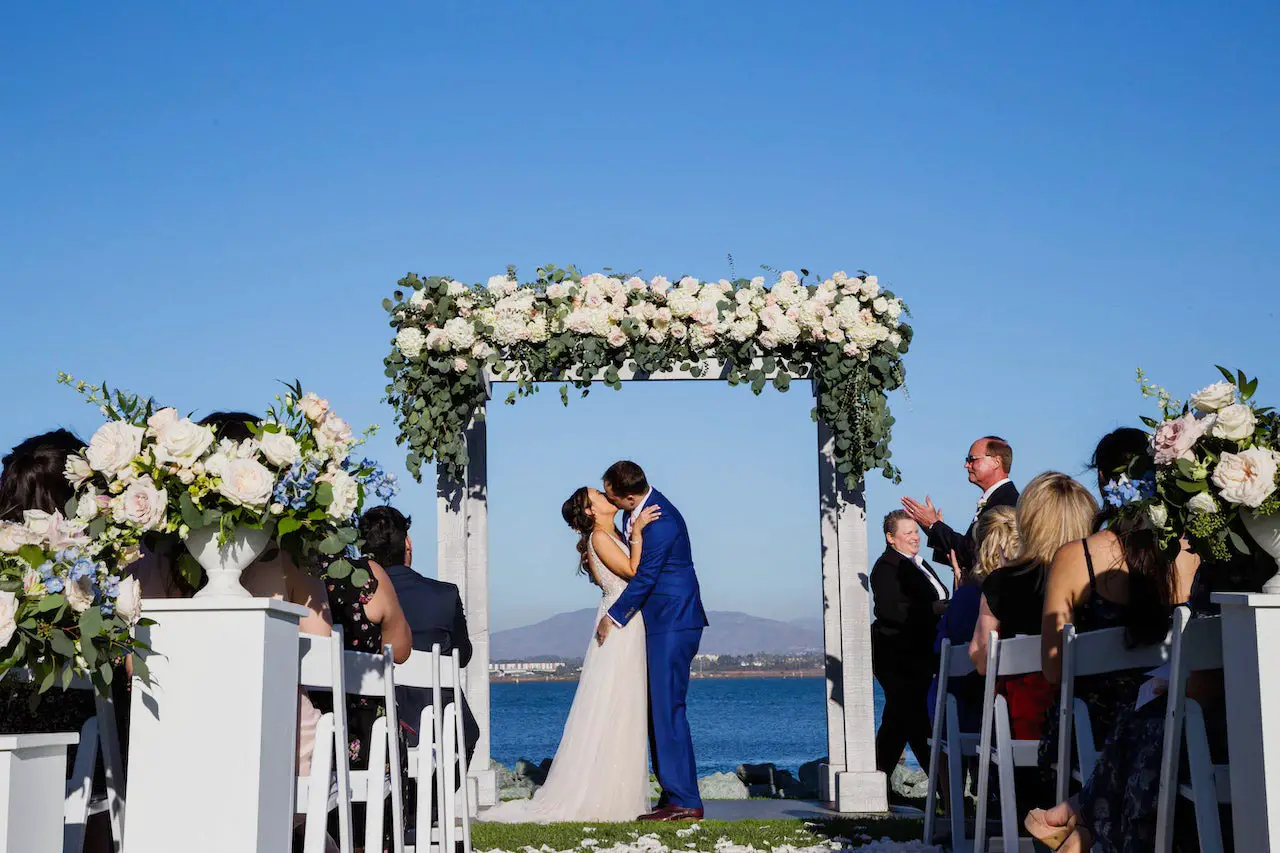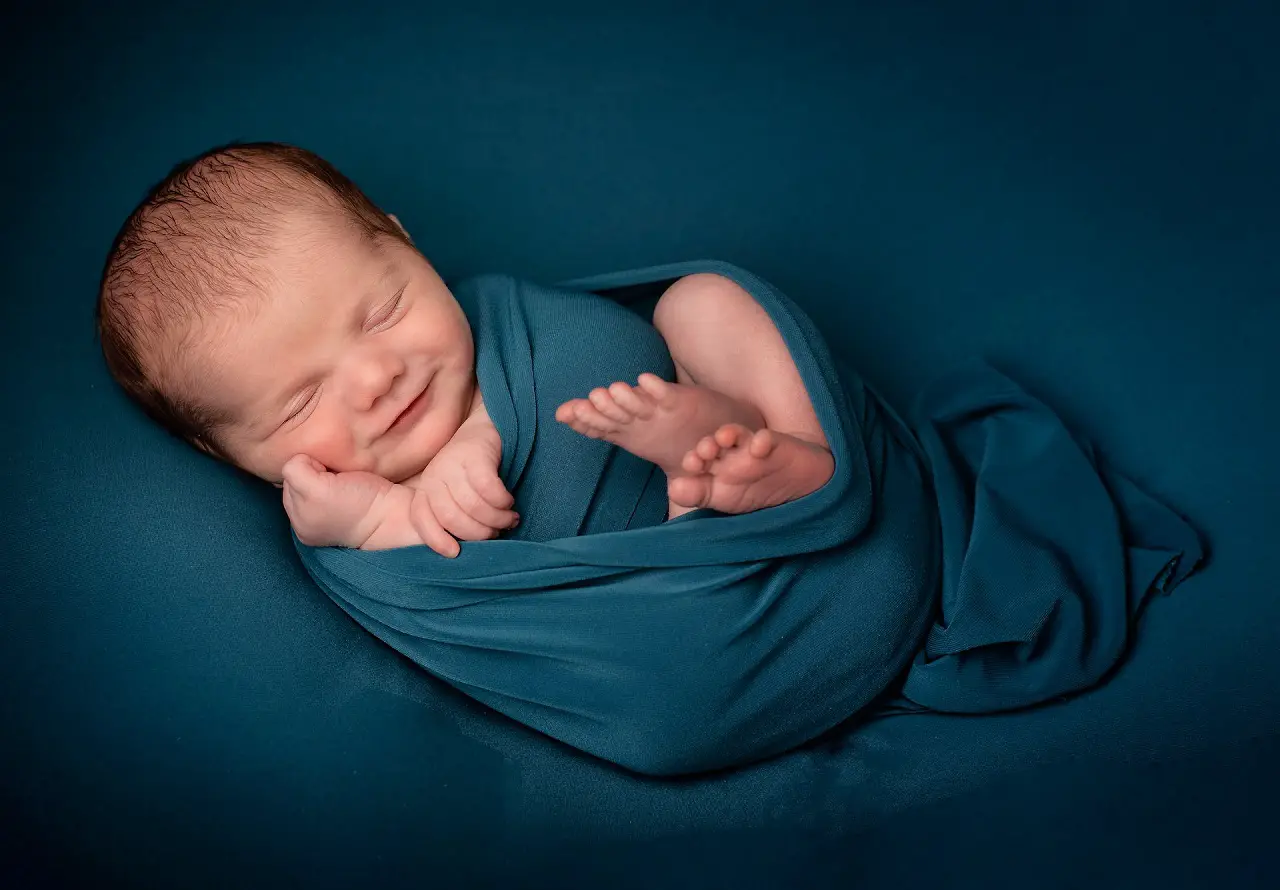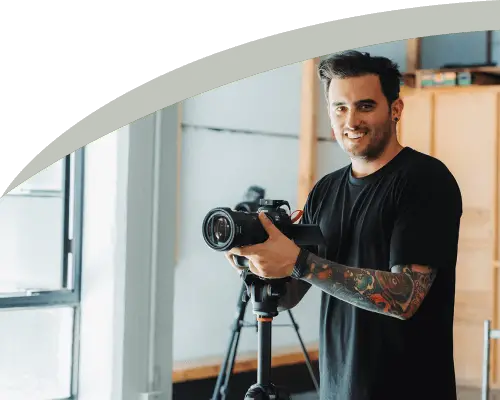Everybody loves food photography, and it’s become a popular trend to upload food photos on social media. But most people fail to make appetizing looks of food. Do you know why?
Because they cannot take close-up food shots. Macro food photography is crucial for capturing food with close-up distance and focusing it in a mouth-watering way. But photographing macro food is something tricky and artful.
I portrayed this article as a complete guideline with the best macro food photography ideas, essential equipment, and the best tips and tricks to avoid some mistakes that all make you an expert macro food photographer.
So, get the guideline and make your goal.
Table of Content
What is Macro Food Photography?

Macro food photography is a photographic genre that takes close-up shots of food using some special macro lenses. It aims to focus on every detail and texture of food to make the viewers feel like the food is really in front of them, and they are highly craving that.
You can use this photography idea in all types of food, such as homemade, street, and restaurants. A macro shot can highlight the food’s focused ingredients, blurring its background and unnecessary part.
What are the Macro Food Photography Equipment Essentials
To create mouthwatering macro photos of food, you need to use some essential food photography equipment that takes your images to the next level. Here are 7 foremost pieces of food photography equipment to cultivate hungry fans.
1. Camera
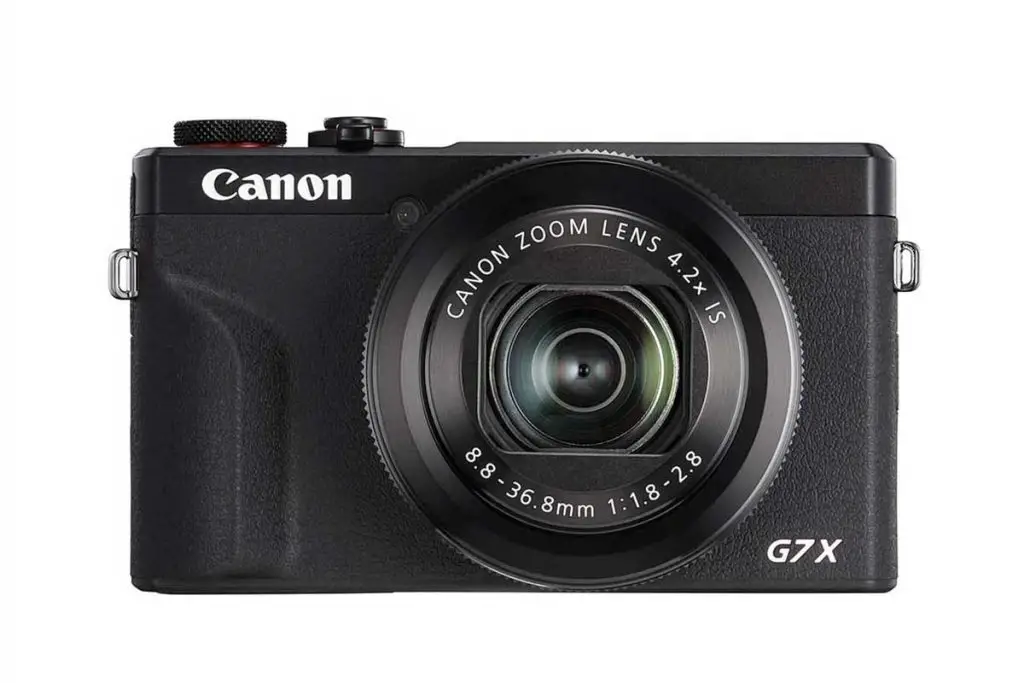
To make your food photos stand out, the first step is to choose the perfect camera. A camera is vital for making professional macro food photos. Though you can use smartphones or iPhones, they are not enough to highlight close-up textures and colors as a camera can do.
There are many cameras on the market, such as Canon, Nikon, Fuji, Pentax, and more. You can choose one of them you feel comfortable when using. But from my experience, I will suggest Canon 5D for primary users.
2. Macro Lens
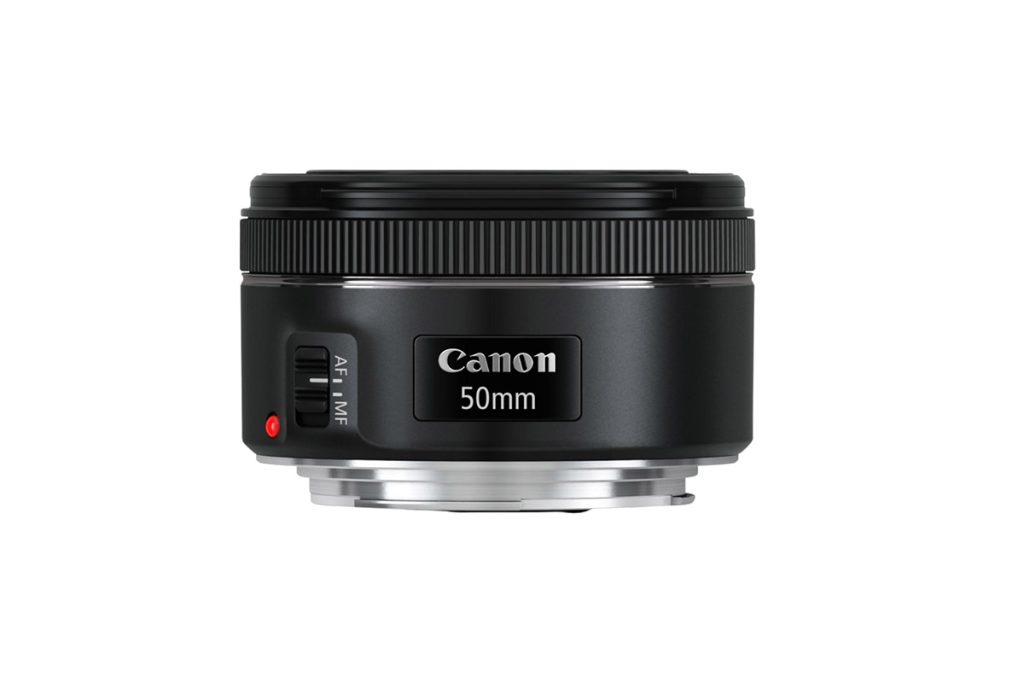
When the matter is capturing macro shots, no doubt, you must use a macro lens. It helps you capture food with a short focusing distance. You can take sharp photos of the food items focusing on their textures and color details.
You can get different macro lenses for use. But from my point of view, Canon 100mm f/2.8 Macro will be the best macro lens for food photography.
3. Tripod
A tripod is a must for every food photographer as it helps capture overhead shots and stability. You can take sharp images and quality work using a tripod because—
- A tripod can prevent the camera shake.
- It creates consistency and precision.
- It’s helpful to make efficient styling and composition.
There are different tripods for photography. You can choose the right one that best fits the macro photography of food. But I prefer Bogen/Manfrotto 3001 with a 3035 head for macro food photoshoot. It has a lightweight and standard table height.
4. Lighting
Lighting is necessary for every food photography because it plays a role in photography as a painting brush plays in painting. You can use both natural and artificial lighting for high-quality macro food photography. It depends on the place you are making the photoshoot. In this context, my suggestion is—
- Prefer natural lighting when taking outdoor food photography.
- Use artificial lighting when making indoor food photography.
You can also apply the opposite if the atmosphere matches that. To make artificial lighting, you can use a strobe light. It helps you take the best professional macro food photos.
5. Reflector
When lighting is mandatory, a reflector helps make your food photos extraordinary. A reflector mainly bounces light from the lighting source on the hero subject, and it is placed opposite the lighting source.
You can utilize a reflector for macro photography of food. Apart from the genuine reflectors, you can also use any reflective surface like white foam board, reflective metal, metallic surface, etc.
6. Color correction card
Color correction card is a helpful resource for making coloring macro photography of food. It can bring out the best part of your food and separate the highlighted part from the background.
You can do it by making an excellent adjustment to curves, color levels, hues, burn, and saturation. To get it, set the white color manually and see that your food photos look delicious.
7. Backdrop
The backdrop is essential for making professional food photography. It helps to design a good story and represent the food in a delicious look. If you are interested in food blogging or have dreamt of being a professional food photographer, you must collect numerous backdrops.
There are some fantastic backdrop types you can use for food photography, such as—
- Ikea Linnmon Table Top
- Ceramic and porcelain floor tiles
- Craft and construction paper
- Foam boards
Macro Food Photography Tips to Instantly Improve Your Images
In the above discussion, you learned about food photography’s essential equipment. Now, I am providing some important tips to help you instantly improve your macro food photography.
1. Prepare Your Food
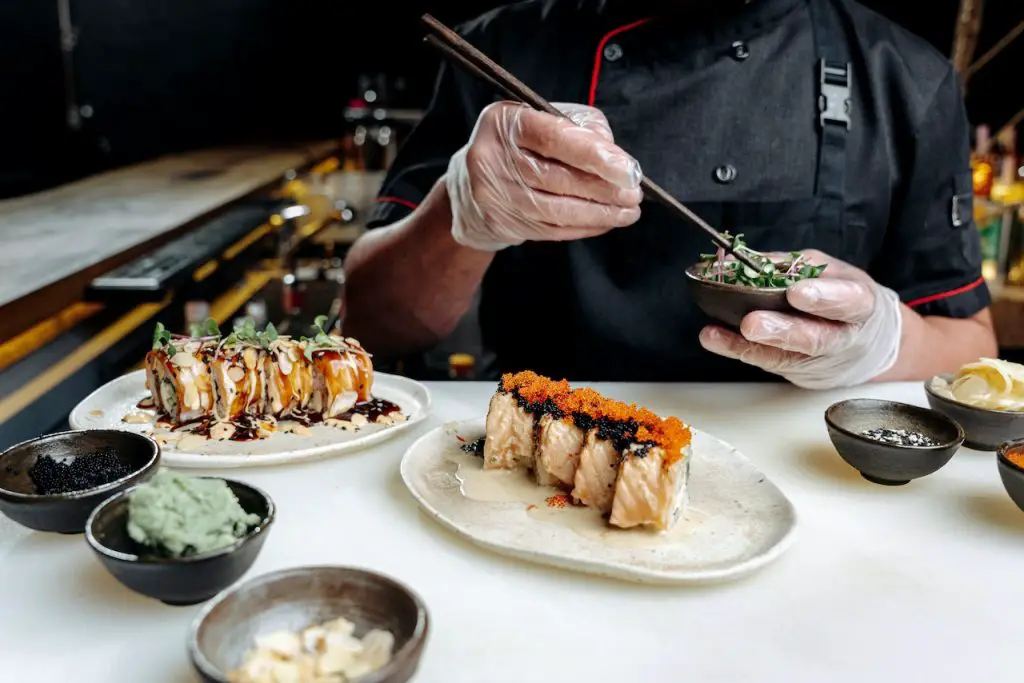
To make your food photos mouth-watering, the first step is to prepare the food properly, which means a good plating of food. Studies have found that people often perceive well-plated food when consuming it. Here are some tips for arranging food with a delicious look.
- Don’t place all foods the same way; try to plate them in different shapes.
- Put the hero subject in the middle, and highlight it when plating a great dish.
- Select the suitable backdrop or surface that helps to highlight the main object.
- Use your creativity and think like an artist.
2. Use Fast Shutter Speed
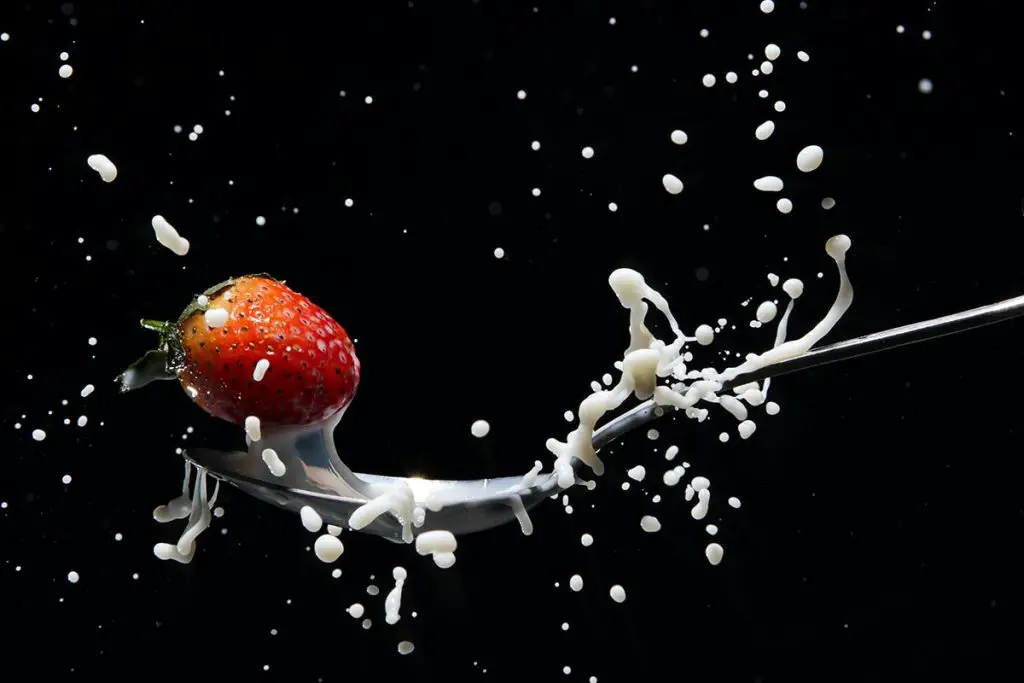
To create delicious macro food photos, a fast shutter speed is advantageous. It helps to prevent the camera shake and capture sharp images. Because maximum macro food images are shot handheld and when the camera tends to be unstable. Here are some tips for using a fast shutter speed.
- Make your shutter speed at 1/100th of a second or faster to capture sharp photos.
- Experiment with your ISO and aperture to ensure enough light.
- Put your camera on a tripod because it’s helpful to set a faster shutter speed.
3. Master Aperture

Good knowledge of aperture is vital for making appetizing macro food photos. When you master the aperture, you can increase or decrease the aperture’s size to change the light amount. Photographers use both a wide-open aperture and a narrow aperture for food photography.
- The wide-open aperture helps to highlight only a small part of your image while making the rest blurred.
- The narrow aperture allows a bigger depth of field to focus on a wide area in your frame.
But when capturing macro food shots, you should use the wide-open aperture because it allows the particular part of the food you want to focus.
4. Use Focal Point
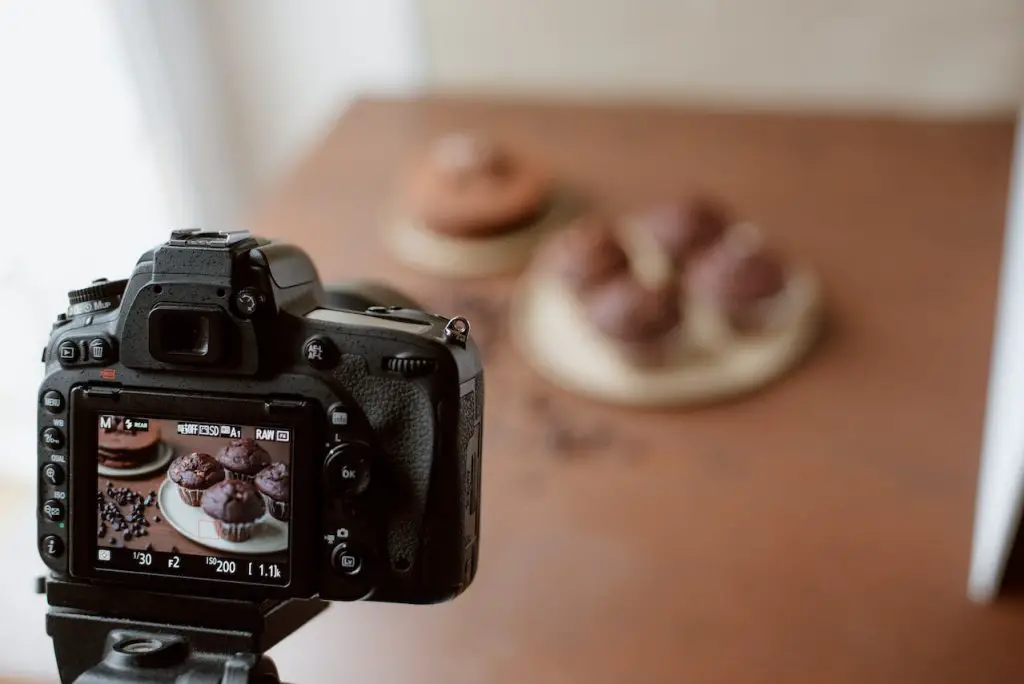
The focal point means the particular spot on your hero subject that you want to highlight in your photo. You can use a focal point when taking close-up macro shots for food photography.
- Use light, color, isolation, or contrast to make a perfect focal point.
- Ensure that you are focusing on the right point of your food.
- Pay close attention to the depth of field when using a macro lens.
5. Depth of Field
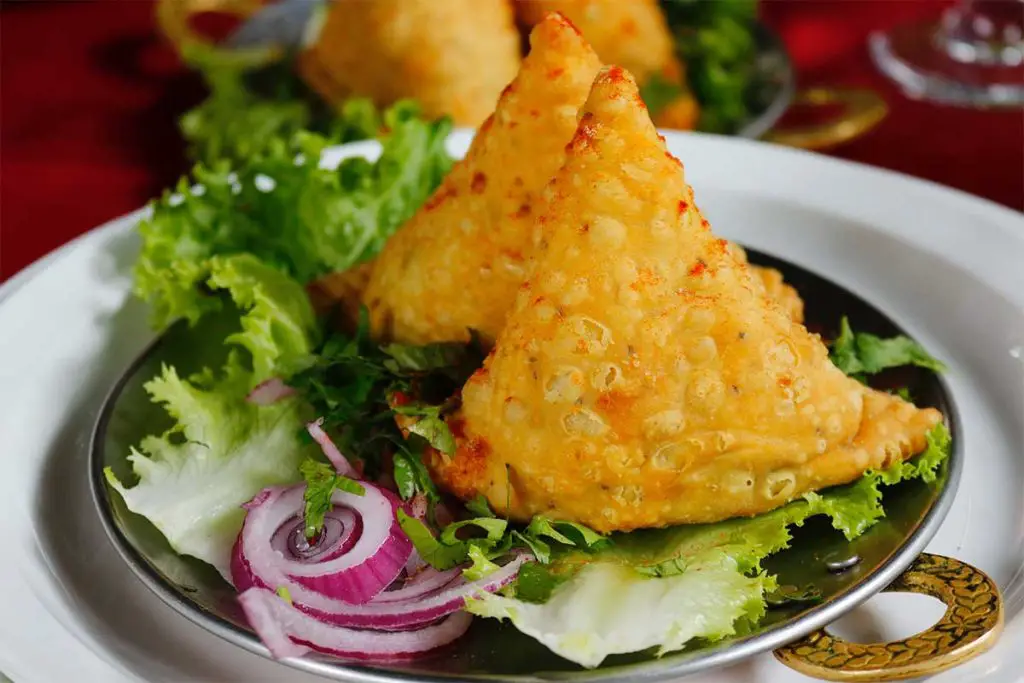
The depth of field means the distance between the closest and furthest objects in sharp focus. It’s basically regulated by the focal length of the camera lens. Here are some tips that help you make a depth of field.
- Reduce distance from the subject, and take close-up shots.
- Don’t mistake using a too small part of a small depth of field.
- If you want to focus on every part of the object, use a narrower aperture.
6. Be Closer to Getting Your Subject
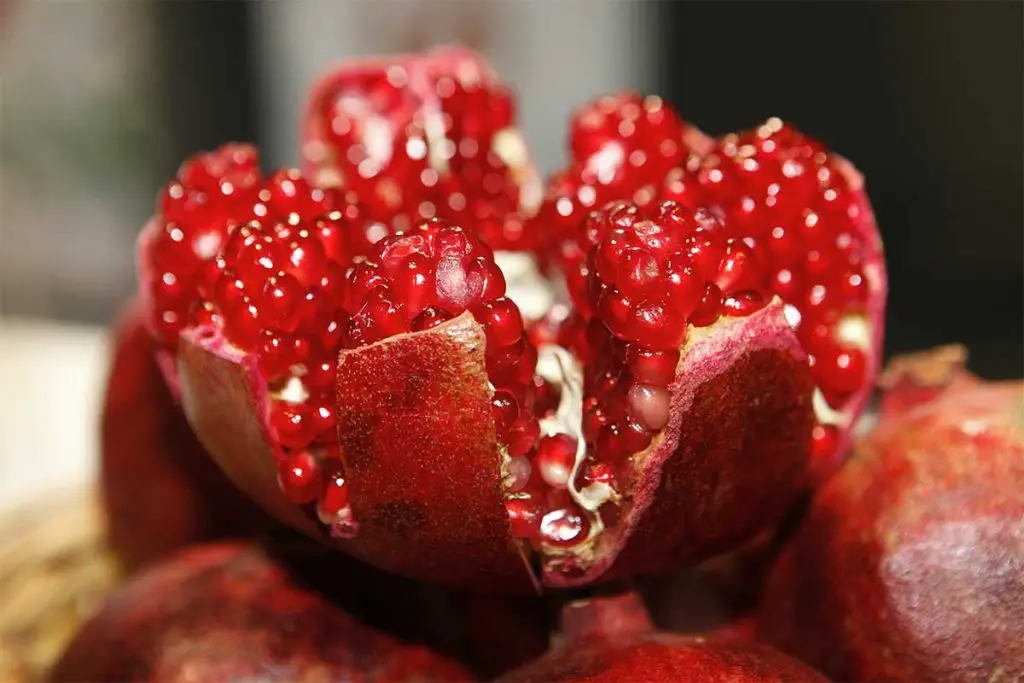
Use the macro lens and get closer to the subject to make the perfect macro food shots. Because too much distance makes trouble to capture the main point you want to highlight. Therefore, you should get close to the subject as physically as possible.
Note: Try to maintain the minimum focusing distance for your lens; otherwise, your subject will be out of focus.
7. Use Line & Layer in Composition
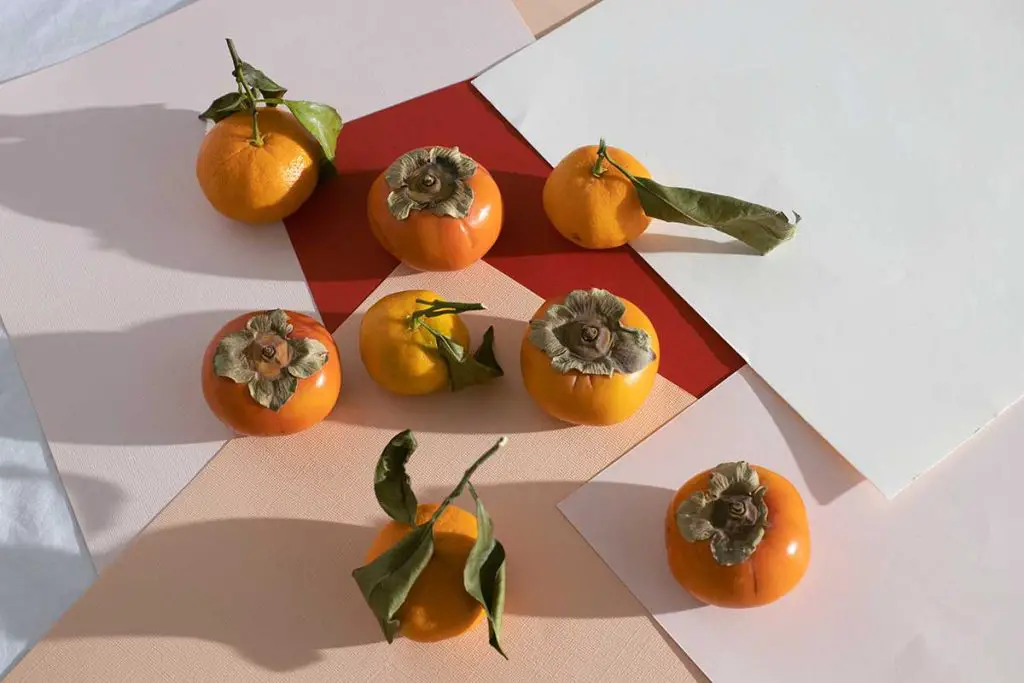
Line and layer are potent elements in macro food photography composition. To lead the viewers’ eyes to the focused point, you must arrange the props carefully in lines and layers. Here are some tips that you can follow:
- Use layers to make three-dimensional compositions.
- Add many props in front and behind the Food items.
- Use diagonal lines to grab the viewers’ eyes and convey motion.
8. Change your vantage point
Vantage points refer to some particular positions [like high Angle, low Angle, straight Angle] from where a photographer captures shots for photography. Changing vantage points is a subtle art highlighting the object from different angles. It can change the visual story of your food item.
Note: Try different vantage points such as low, high, and straight when making a session. Because portraying food from multiple positions ensures the best possibility to make creative food photography.
9. Experiment with Framing
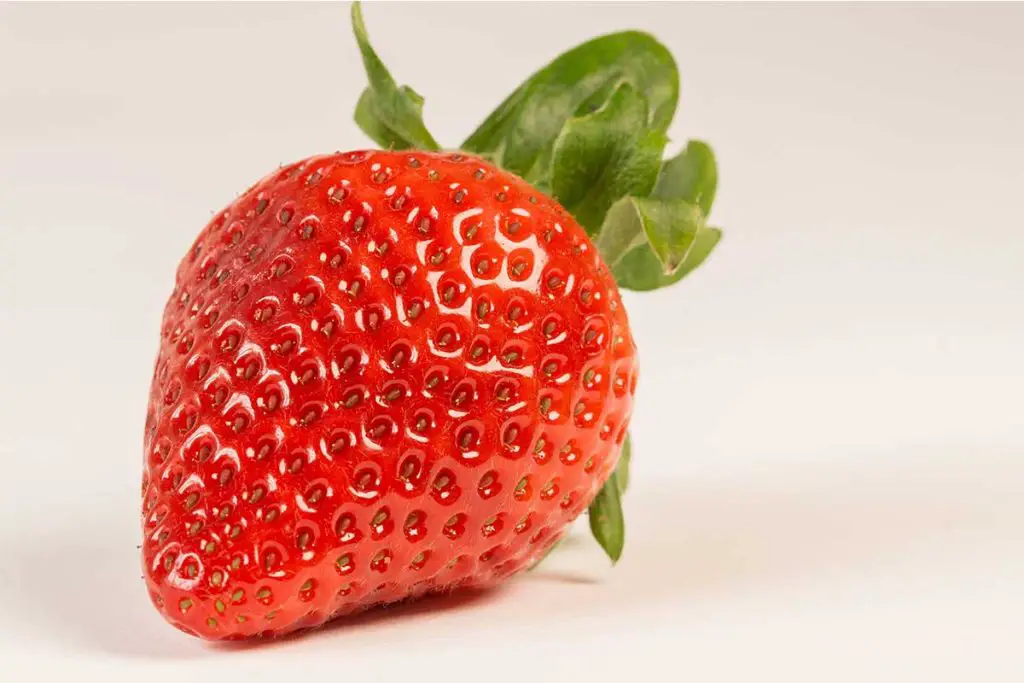
In food photography, experimenting with framing is a tricky task. You have to utilize your inner genius to make stunning frames. Moreover, here are some cheery tips that you can utilize.
- Use some related objects as borders or edges around the hero subject.
- Use a plate and bowl as a natural frame.
- Experiment with different structures like round, rectangular, and square.
10. Edit Your Macro Food Photos Like a Professional
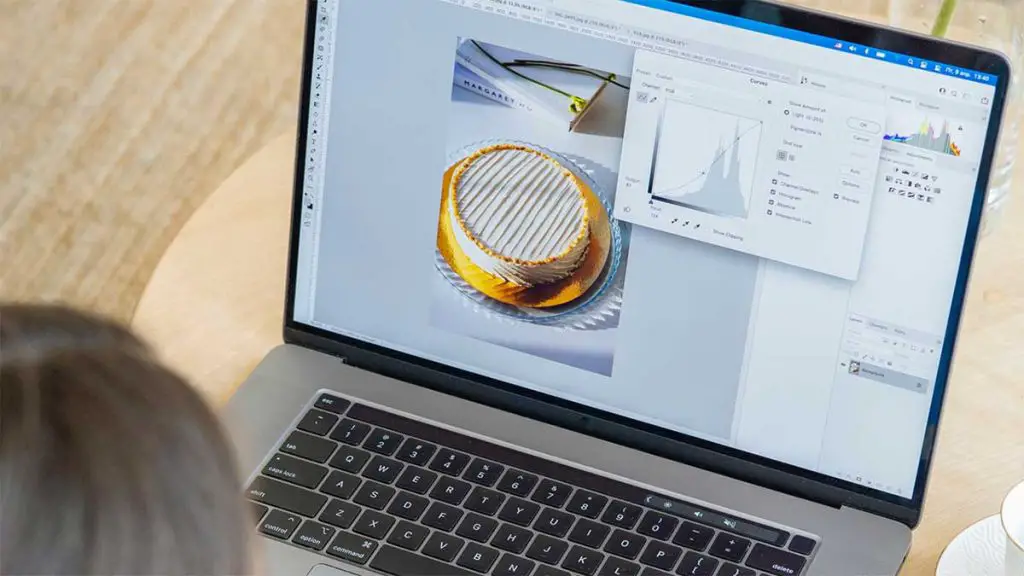
When making photography is complete, now it’s time for post-production of your food photos. Because just capturing shots cannot give your images perfect and presentable looks. You need to edit your macro food photos like a professional.
If you are an expert in photo editing, you can edit and retouch your food photos using editing software like Photoshop and Lightroom. But it’s a very complex and time-taking fact. For that reason, many food photographers use photo editing services by hiring expert photo editors.
Common Beginner Macro Food Photography Mistakes: How to Avoid Them
You learned how to make macro close-up shots for food photography in the above discussion. Now you will know how to avoid some common mistakes that most beginners make when making macro food photography.
1. A Cluttered or Distracting Background
One of the most common mistakes that beginner macro food photographers make is using a cluttered or distracting background. You should avoid it because a cluttered background draws attention away from the food item and decrease its focus visuality.
- To eliminate this mistake—
- Try to use a simple backdrop/background.
- Take the shots from a closer eye-view.
- Make a suitable photo frame.
- Use the best canon macro lens for food photography.
2. Camera Shake
Most newcomer food photographers take handheld shots during macro shots, which is a big mistake. It causes the camera to shake and makes trouble to capture sharp images. To avoid this mistake—
- Use a tripod when making macro food photos.
- Don’t take the shots handheld.
- Avoid using a too shallow depth of field.
3. Poor Angle
Choosing the best Angle is crucial for food photography, but beginners cannot do it perfectly. Most of the time, they select a poor angle and take shots from it. You should avoid this mistake and experiment with different angles, such as—
- Overhead or 90° angle
- 75°angle
- 45°angle
- Straight-on aka 0° angle.
4. Fuzzy Photos Without Focus
Fuzzy photos are a common mistake in food photography. There are some reasons behind blurry photos, such as camera movement, subject movement, missed focus, insufficient depth of field, and more. To make your macro food photos highlighted perfectly, you should avoid these mistakes and—
- Put your camera on a tripod
- Fix your food items perfectly
- Make e deep focus on the hero subject.
5. Slapdash Exposure
Slapdash exposure can be a bad mistake when photographing food items. It occurs mainly for quick checking the LCD on your camera back, watching that the first photo looks perfect, then shooting continuously at these exposure settings. Don’t make this mistake, and—
- Check the histogram after every shot
- Make sure that you capture all the shots you need.
FAQs
Which camera is best for macro food photography?
There are some best cameras that you can choose for making macro food photos, like the Sony A7R IV, Nikon Z7 II, Nikon D3500, Canon EOS R6, etc.
What is a macro food photographer called?
A macro food photographer is called a person who takes close-up shots of food using a special macro lens and highlights every detail and texture of the food.
What is the main goal of macro food photography?
The main goal of macro food photography is to capture food shots from a closer view and highlight the food in such a delicious way that makes the viewers hungry for that food.
Why is macro food photography so hard?
Macro food photography is challenging because a photographer in this context must utilize his inner genius and real-life expertise, such as using an accurate camera and camera lens, arranging food perfectly, and using the best focal point.
Is a macro lens good for food photography?
Yes, a macro lens is helpful for food photography, especially when you make some macro food shots, because a zoom lens can blur if you get too close to the food item.
What is different about a macro lens?
A macro lens is a different camera lens used to capture photos with short focusing distances and take sharp pictures of tiny subjects.
Conclusion
Capturing macro food photos is tricky, but interesting that most photographers make macro food shots and upload them on social media and online sites. In this article, you got a complete guideline on macro food photography. Now, you can create colorful macro photography of food like a professional. So. go forth and conquer.

